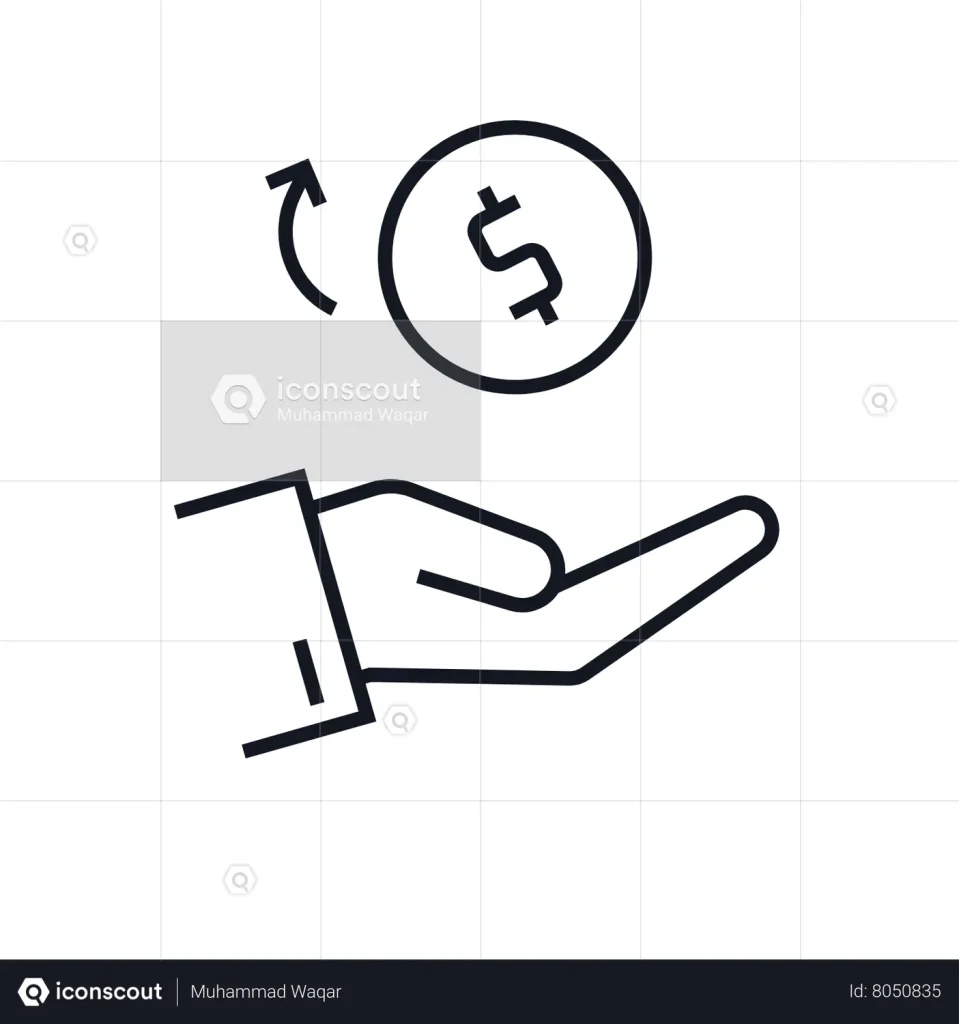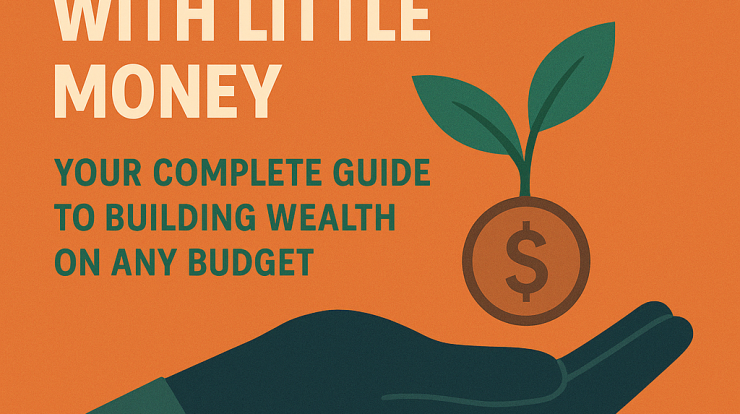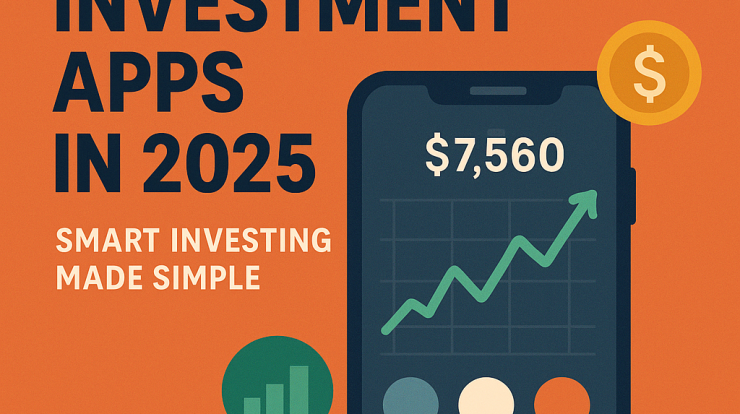
Published: July 22, 2025 | Author: TrewCoin
In today’s volatile economy—marked by inflation, job uncertainty, and unexpected global events—having an emergency-proof wallet is no longer optional. Here’s a step-by-step, 30-day plan to build a financial buffer that protects you and your loved ones when crisis strikes.
🗓️ Week 1: Assess & Automate
1. Calculate Your Essential Monthly Expenses
List out mandatory costs:
- Rent/mortgage
- Utilities (electricity, water, internet)
- Groceries
- Insurance (health, car, home)
- Minimum loan or credit card payments
Goal: Set your 30-day “survival number.”
| Expense Category | Monthly Cost |
|---|---|
| Rent | $1,200 |
| Groceries | $400 |
| Utilities | $200 |
| Insurance | $150 |
| Loan Payment | $150 |
| Total | $2,100 |
2. Set Up an Automated “Crisis” Savings
- Open a separate high-yield savings account (≥ 2% APY).
- Automate: Transfer 5–10% of each paycheck into this fund.
- Save without thinking—automation beats willpower.
3. Track Spending and Cut Non-Essentials
Use free tools like Mint, YNAB, or your bank’s budgeting feature.
Identify 1–2 discretionary expenses (e.g., lunch-outs, streaming subscriptions) that can be paused or reduced.
🗓️ Week 2: Boost Income & Slash Non-Essentials
4. Explore Quick Side Hustles
Choose based on your skillset and availability:
- Freelance writing/design (via Upwork, Fiverr)
- Food delivery / rideshare
- Selling unused items on eBay, Facebook, or local marketplaces
Goal: Earn at least $100–$200/week and deposit it into your emergency fund.
5. Negotiate Bills and Explore Discounts
- Call your internet and insurance providers—ask for bundled packages or loyalty discounts.
- Compare car insurance online—savings of 10–20% are common.
6. Continue Automation + Micro‑Savings
Set a rounding rule: if you spend $37.50, round up to $40, saving the $2.50 difference automatically.
🗓️ Week 3: Optimize & Protect
7. Analyze Recurring Fees
- Check your bank statement for:
- Unused gym memberships
- Underused subscriptions (streaming, apps, etc.)
- Cancel or downgrade anything unnecessary.
Target: Save $25–$50 monthly.
8. Strengthen Sources of Income
- Freelancer/contractor? Pitch existing clients for more work.
- Employed? Check if your company offers overtime or skill-based stipends.
🗓️ Week 4: Build Buffer & Plan Ahead
9. Deposit Bonus Income
Tax refunds, client bonuses, or other windfalls? Send them straight to the emergency fund.
10. Review Your Progress
- Check if you’ve saved at least 1 month’s essential expenses.
- If short, ramp up savings to 15% of income or cut more subscriptions.
11. Create a Deployment Plan
Have a plan for how you’ll use your fund in an emergency:
- Job loss: Cover essential expenses for 3–6 months.
- Medical crisis: Fund basic living while insurance settles claims.
- Car/Home repair: Use it to handle urgent costs upfront.
💡 Why This Works
| Method | Benefit |
|---|---|
| Automated savings | Ensures consistency and removes emotional blocks |
| Side income additions | Builds cushion faster and strengthens resilience |
| Subscription optimization | Increases monthly saving rate with little effort |
| High-yield account | Helps your money grow, even in emergencies |
| Pre-planned deployment | Reduces decision fatigue during a true crisis |
✅ Final Check: Are You Crisis‑Ready?
🟢 If you’ve reached your essential expenses goal, congrats—you now have an emergency-proof wallet!
🔵 If you’re close, increase income or reduce waste further to hit the target faster.
Next: do a “Crisis Check‑Up” every 3 months to reassess goals, income, and expenses.
🔗 Related Articles
- Cryptocurrency as Emergency Hedge: Pros & Pitfalls
- Inflation-Proof Your Budget: 5 Smart Moves
- The Ultimate Guide to Budgeting with YNAB
Related Post : E-Learning vs. Traditional Schools: Which One Is Actually Better?


